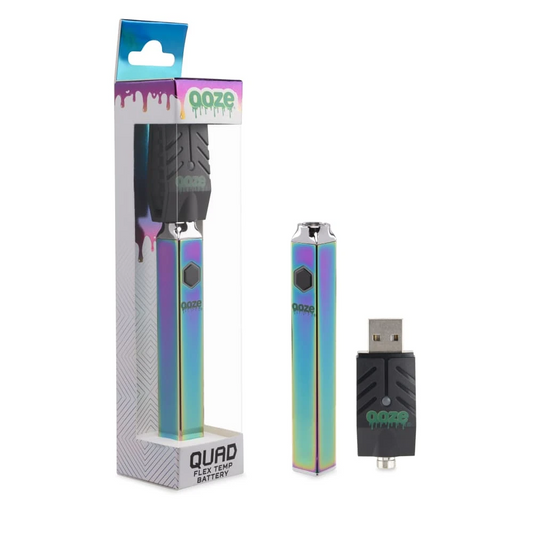Estimated trends in the global number of vapers
Since their entrance to the market around 2003, e-cigarette use has risen rapidly. In 2011 there were about 7 million adult e-cigarette users globally, rising to 68 million in 2020 compared with 1.1 billion cigarette smokers. The rise was thought to be due to targeted marketing, their lower cost compared to cigarettes, and belief that e-cigarettes are safer than tobacco.
E-cigarette use is highest in China, the US, and Europe, with China having the most e-cigarette users.
Motivation
Reasons for initiating e-cigarette use in the European Union according to a Eurobarometer poll (2018).
There are varied reasons for e-cigarette use. Most users are trying to quit smoking, but a large proportion of use is recreational or as a way to get around smoke-free laws. Many people vape because they believe vaping is safer than smoking. The choice of flavors and lower price compared to cigarettes are both important factors.
Other motivations include reducing tobacco odors and stains, and some e-cigarettes appeal to technophiles who want to customize their devices.
Gateway theory
In the context of drugs, the gateway hypothesis is that using less harmful drugs can lead to more harmful ones. There is good evidence that vaping is a "gateway" to smoking as well as an "exit ramp" from smoking. Mentally ill people, who as a group are more susceptible to nicotine addiction, are at particularly high risk of this.
Young people
Worldwide, increasing numbers of young people are vaping. With access to e-cigarettes, young people's tobacco use has dropped by about 75%.
Most young e-cigarette users have never smoked, but there is a substantial minority who both vape and smoke. Young people who would not smoke are vaping. Young people who smoke tobacco or marijuana, or who drink alcohol, are much more likely to vape. Among young people who have tried vaping, most used a flavored product the first time.
Vaping correlates with smoking among young people, even in those who would otherwise be unlikely to smoke. Experimenting with vaping encourages young people to continue smoking. A 2015 study found minors had little resistance to buying e-cigarettes online. Teenagers may not admit using e-cigarettes, but use, for instance, a hookah pen. As a result, self-reporting may be lower in surveys.
Blog posts
Featured collection
-
New PACKWOODS Tube With Stickers PACKWOODS PRE-ROLL Cork Bottle Packaging With Stickers Hot Gummie
- Regular price
- $1.00 USD
- Regular price
-
$2.00 USD - Sale price
- $1.00 USD
- Unit price
- per
 Sale
Sale -
New Ooze Quad 510 Thread 500 mAh Square Vape Pen Battery + USB Charger
- Regular price
- $15.90 USD
- Regular price
-
$20.00 USD - Sale price
- $15.90 USD
- Unit price
- per
 Sale
Sale -
Hot STIIIZY BIG and Small BATTERY
- Regular price
- $19.90 USD
- Regular price
-
$29.00 USD - Sale price
- $19.90 USD
- Unit price
- per
 Sale
Sale -
FLUM UT FLOAT/GIO DISPOSABLE POD DEVICE 5%
- Regular price
- $18.99 USD
- Regular price
-
$21.00 USD - Sale price
- $18.99 USD
- Unit price
- per
 Sale
Sale




